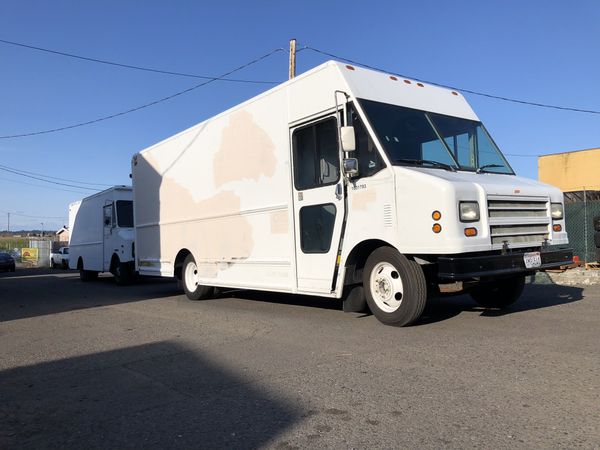

Why do passenger vans have weight capacities?Īll vehicles have maximum weight capacities for passengers and cargo. You should also check tire treads routinely to ensure that they’re not beyond normal wear and tear. Low pressure can result in heat buildup and less control navigating turns. The tire pressure on your passenger van should always fall within the recommended range for your specific van, which you can find in the owner’s manual. Keeping track of tire pressure is crucial for any vehicle’s safety, but it’s especially important with a passenger van, which holds much more weight than the average vehicle. Passenger vans also have less visibility than other vehicles. Because they’re top-heavy and carry multiple passengers at a time, they carry greater risks than your average vehicle, like rollovers and long brake times. To make room for 9, 12, or 15 passengers, these vans are long and tall, allowing passengers to enter and exit them comfortably.

STEP VANS AND 15 PASSENGER VANS HAVE HOW TO
Here’s what you need to know about passenger van safety and how to keep your van operating as safely as possible for your passengers: What dangers exist in passenger vans?ĭriving any vehicle carries a safety risk, but passenger vans aren’t built the same as the average car, pickup truck, or SUV. However, passenger vans come with a broader range of risks than most vehicles because of their size and design. Are you considering purchasing a passenger van? These incredibly convenient vehicles offer a spacious interior for several passengers to commute at one time, making them an excellent choice for private or public transportation.


 0 kommentar(er)
0 kommentar(er)
